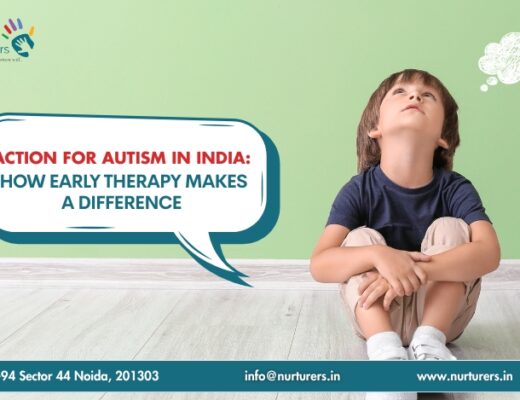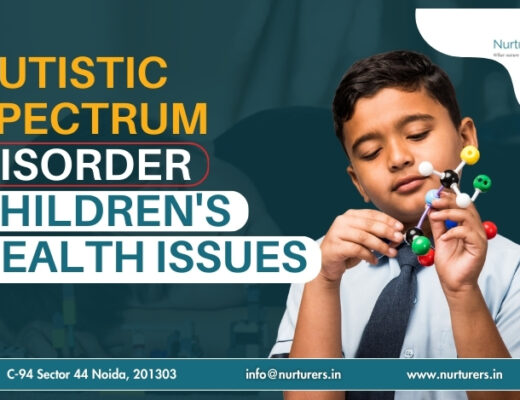Autism Spectrum Disorder (ASD) affects how children perceive, communicate, and interact with the world around them. While every child develops differently, certain red flag signs of autism may signal that your child could benefit from an early developmental assessment. Recognizing these autism red flags at the earliest stages is crucial because early therapy and support can significantly enhance a child’s social, language, and learning outcomes.
At Nurturers, we believe parents should have clear, reliable information to help them make timely decisions for their child’s well-being. Here’s a comprehensive look at the most common red flag signs of autism, why they matter, and what steps parents should consider next.
What Are Red Flag Signs of Autism?
The term red flag signs of autism refers to patterns or behaviors that deviate from typical developmental milestones. These are not meant to diagnose autism directly; rather, they serve as indicators that a child may benefit from further evaluation.
Children typically develop skills like eye contact, shared smiles, pointing, and simple words within their first two years. If these skills are missing, delayed, or appear to regress, it can be an autism red flag.
These signs can relate to:
- Social interaction
- Verbal and non-verbal communication
- Repetitive behaviors or unusual sensory interests
Understanding these categories can help parents track development more thoughtfully.
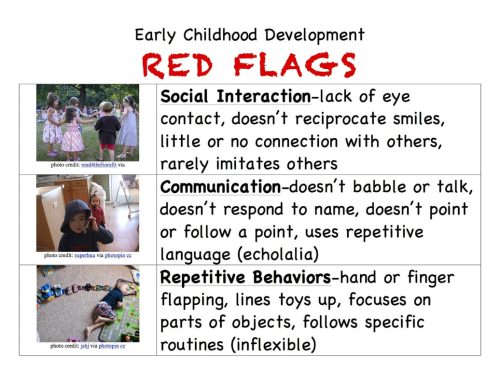
Autism Red Flags by Developmental Age
While milestones vary slightly between children, here’s what you should look for at key ages:
By 6 Months
- Limited eye contact or eye contact that feels fleeting
- Few or no big smiles or other warm, joyful expressions directed at people
By 9 Months
- No back-and-forth sharing of sounds, smiles, or facial expressions
- Appears uninterested when others engage or play
By 12 Months
- Doesn’t respond to their name consistently
- No babbling or limited variety in sounds
- Rarely gestures (like pointing, waving, or showing)
By 16 Months
- Speaks very few words, if any
- Difficulty showing what they want by pointing or looking back and forth
By 24 Months
- Cannot combine two meaningful words (e.g., “more milk”)
- Minimal interest in pretend play (e.g., feeding a doll)
- Limited desire to share enjoyment with others
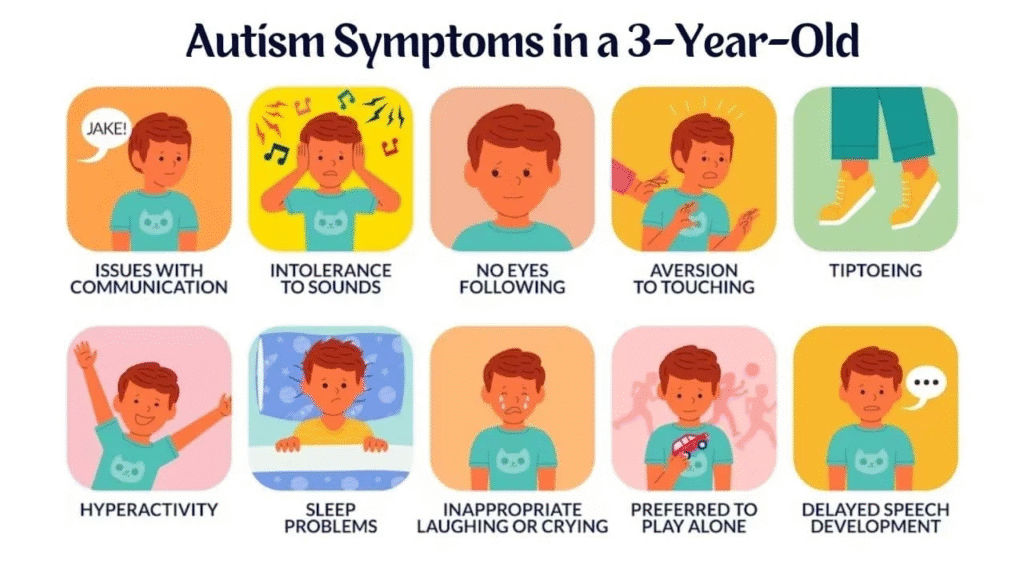
Broader Social and Communication Red Flags
Some red flag signs of autism may not follow age milestones directly but appear as ongoing patterns:
- Limited or absent eye contact when speaking or playing
- Appears unaware of people around them
- Doesn’t bring objects to show or share interest
- Difficulty understanding or using gestures
- Rarely smiles back when others smile
- Doesn’t seem to notice if others are hurt or upset
- Limited ability to play social games (like peek-a-boo)
These behaviors suggest challenges in social reciprocity, a key feature of ASD.
Behavioral and Sensory Autism Red Flags
Certain repetitive behaviors and sensory sensitivities also qualify as autism red flags:
- Repeating the same movements (hand-flapping, spinning, rocking)
- Insistence on sameness (distress at minor changes in routine)
- Fixation on parts of objects (e.g., spinning wheels, opening and closing doors)
- Strong attachment to unusual objects (e.g., a string or a spoon)
- Unusual responses to sensory experiences (overreacting to loud noises, not noticing pain, fascination with lights or textures)
These patterns may appear early or become more obvious as the child’s world expands.
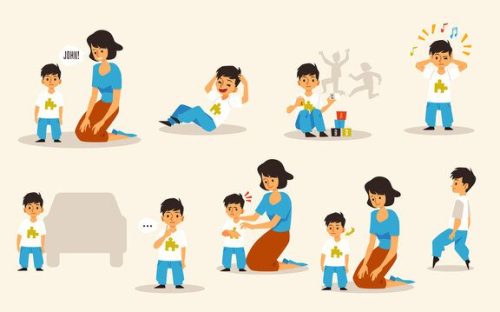
Regression as an Autism Red Flag
One of the most important red flag signs of autism is developmental regression—when a child loses social or language skills they previously had:
- Stops speaking words they used to say
- Stops using gestures like waving
- Becomes withdrawn after previously being social
Regression often happens between 15 and 30 months and should be taken very seriously.
Why Early Recognition of Autism Red Flags Matters
Early detection does not guarantee an autism diagnosis—but it leads to timely evaluation and intervention. Research shows:
- Children who begin therapy early (before age 3) can improve language, adaptive skills, and social engagement.
- Early support can help reduce frustration, challenging behaviors, and improve family quality of life.
By knowing the red flag signs of autism, parents can make proactive decisions rather than waiting to “see if the child outgrows it.”
What Should Parents Do Next?
If you notice one or more autism red flags:
- Discuss your observations with your pediatrician
- Ask for a referral to a developmental pediatrician or child psychologist
- Consider a multidisciplinary assessment that includes speech and occupational therapy experts
At Nurturers, we guide families through comprehensive evaluation, therapy planning, and ongoing support. Our services include:
- Parental counseling and guidance
Our goal is to help every child thrive according to their unique potential.
Final Thoughts
Being informed about the red flag signs of autism empowers you to advocate confidently for your child. Remember:
- Some children may show just a few autism red flags; others may show many.
- Trust your instincts—early action is always better than waiting.
- Professional assessment can bring clarity, support, and hope.
For guidance, consultation, or early intervention services, reach out to Nurturers. Together, we can build a pathway that supports your child’s growth and happiness.

Hi! I am Swati Suri, a Special Educator with 9+ years of experience and the founder of Nurturers. I am passionate about helping children with special needs and supporting their families every step of the way.

